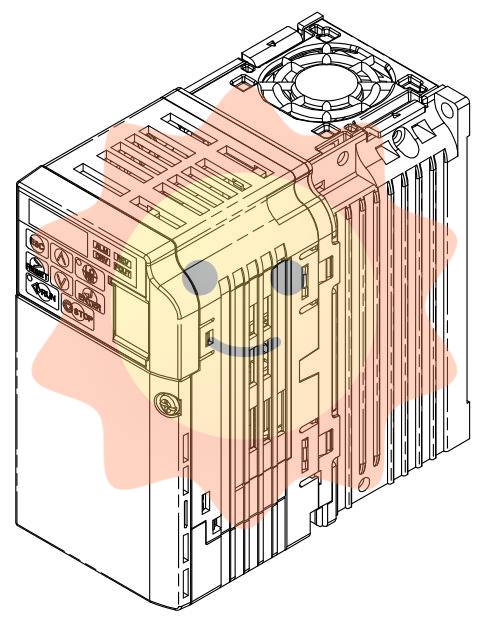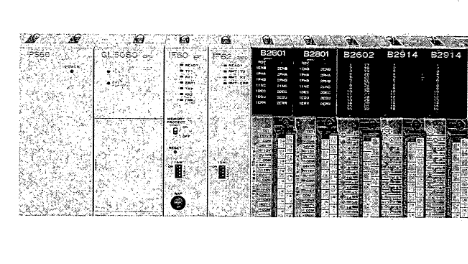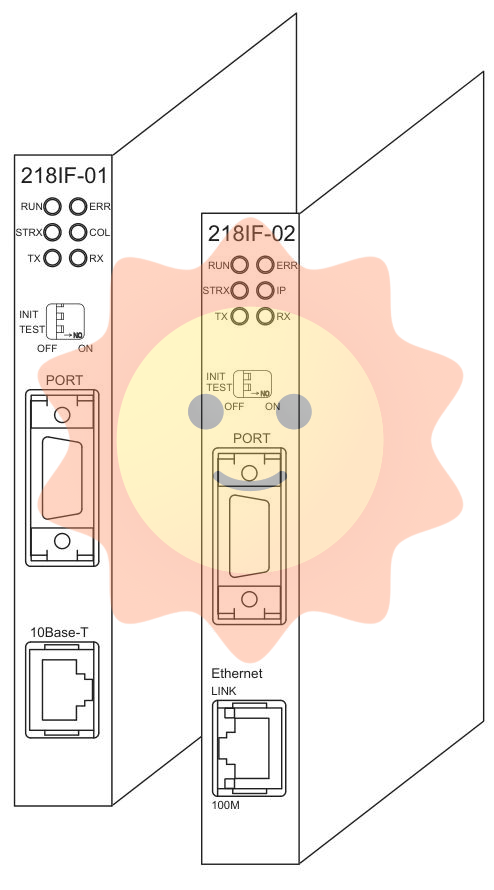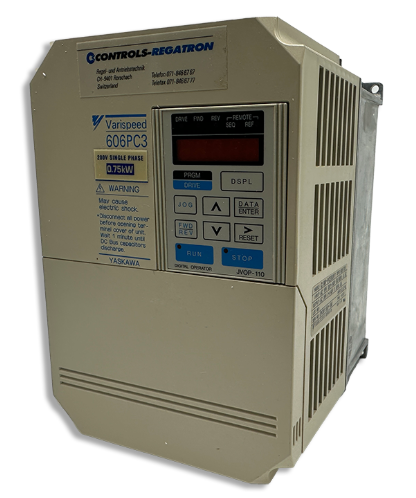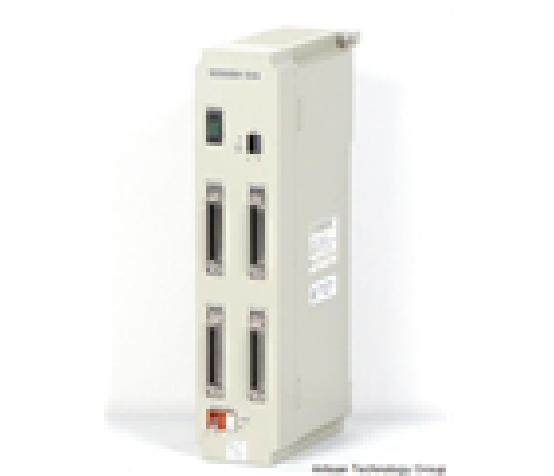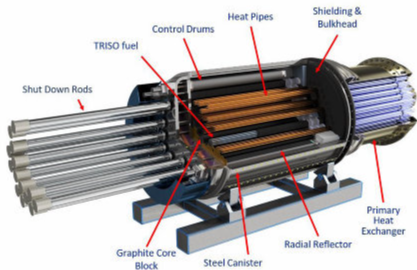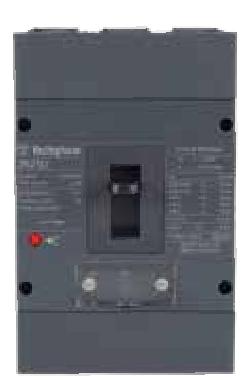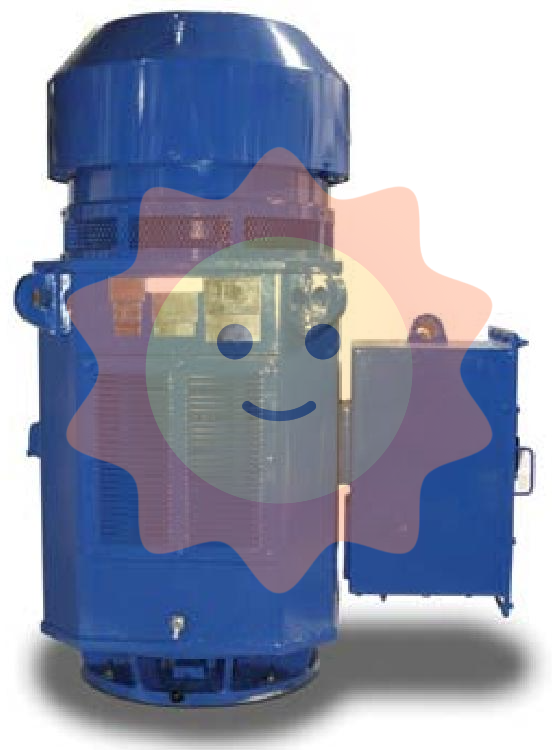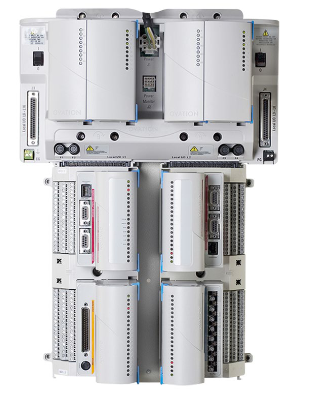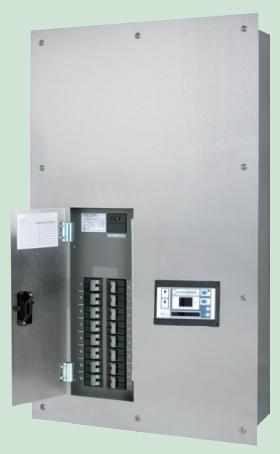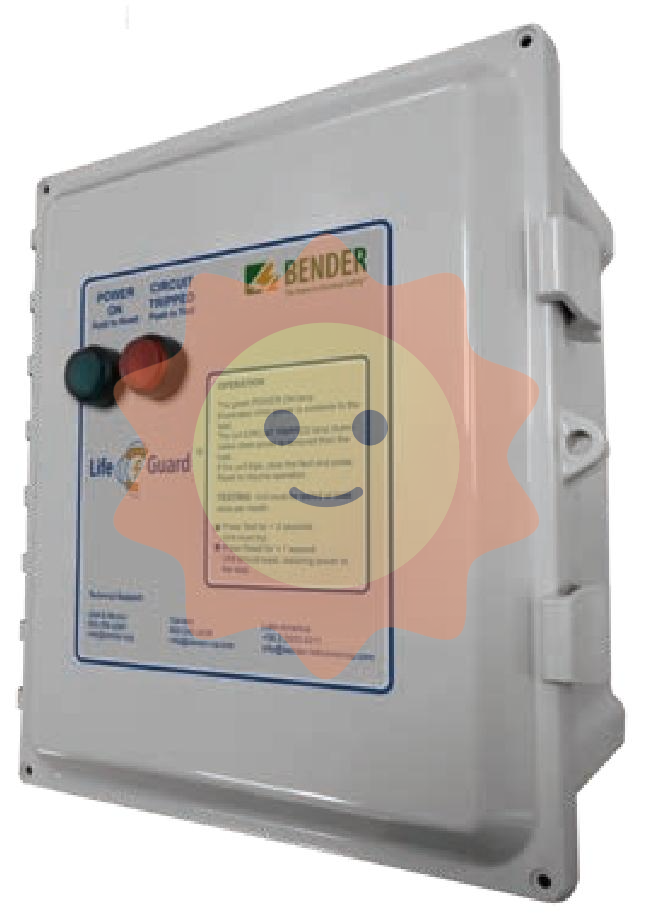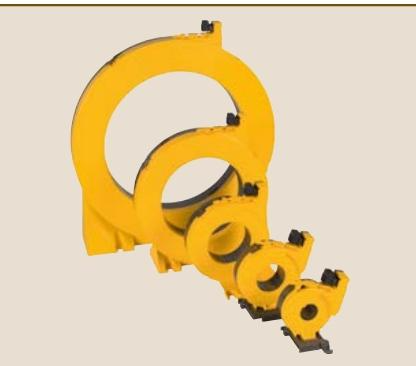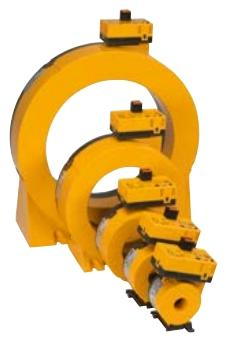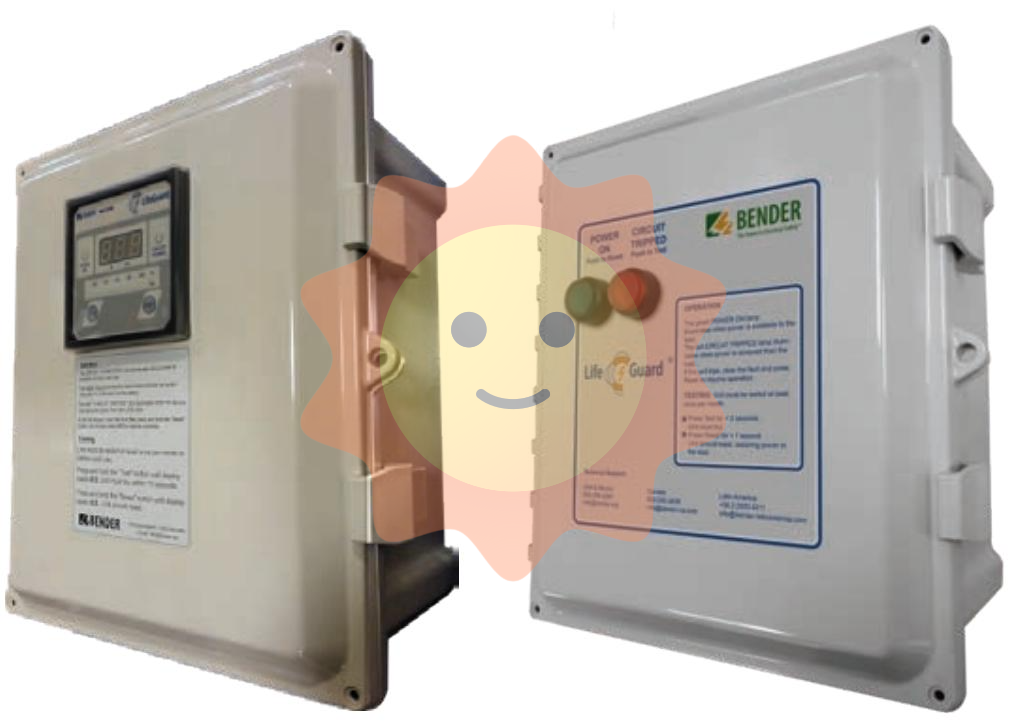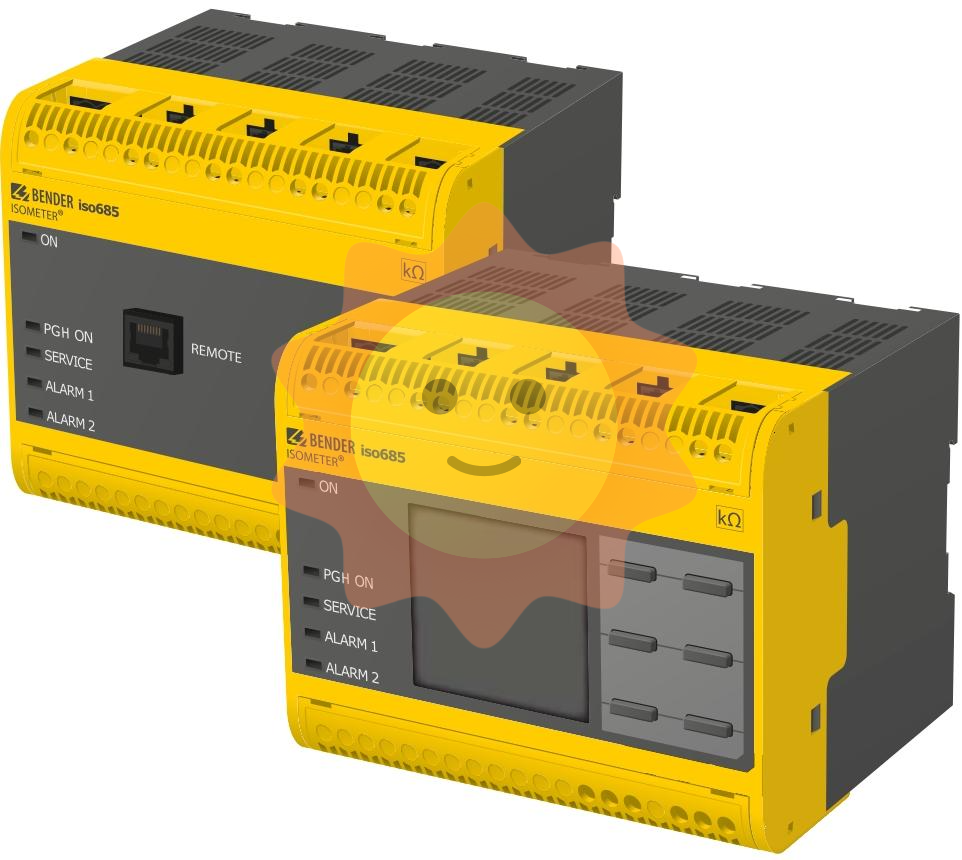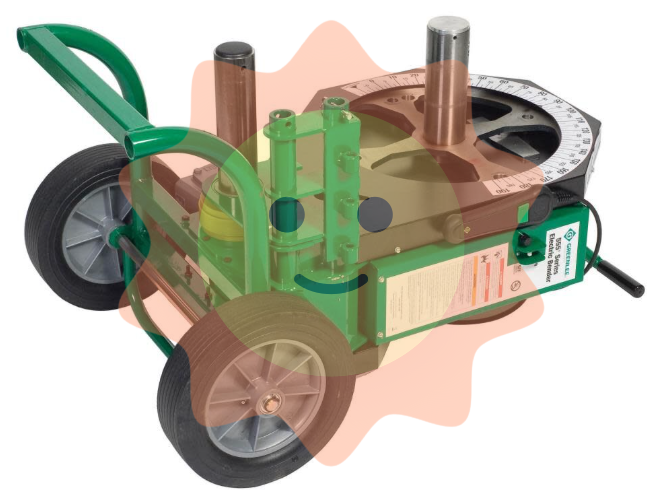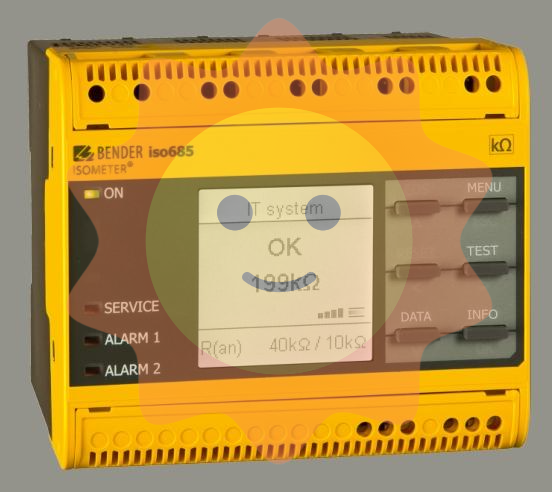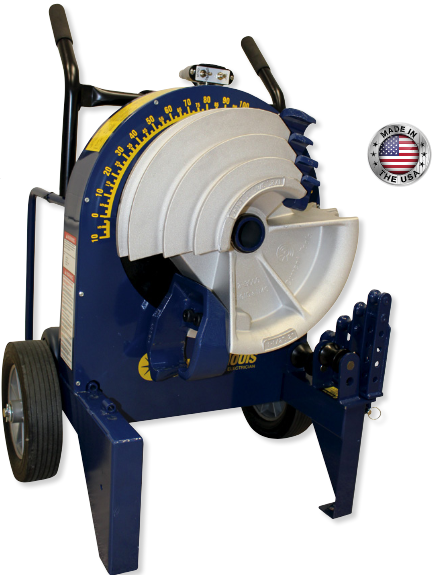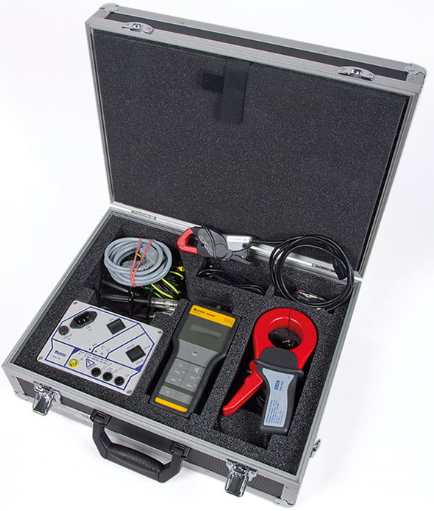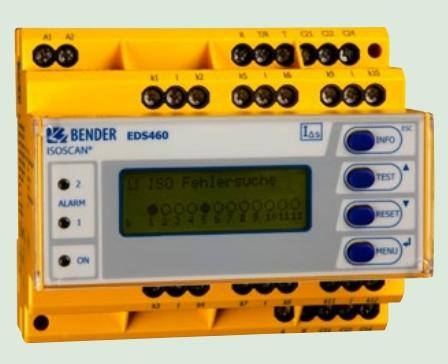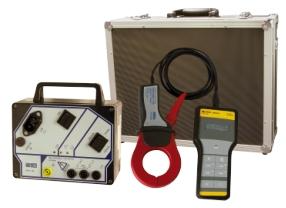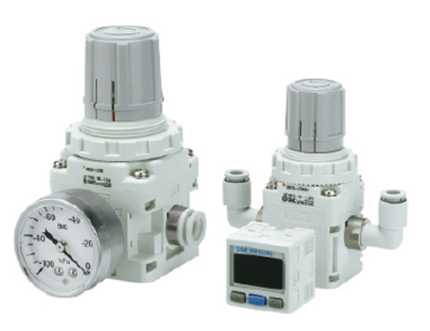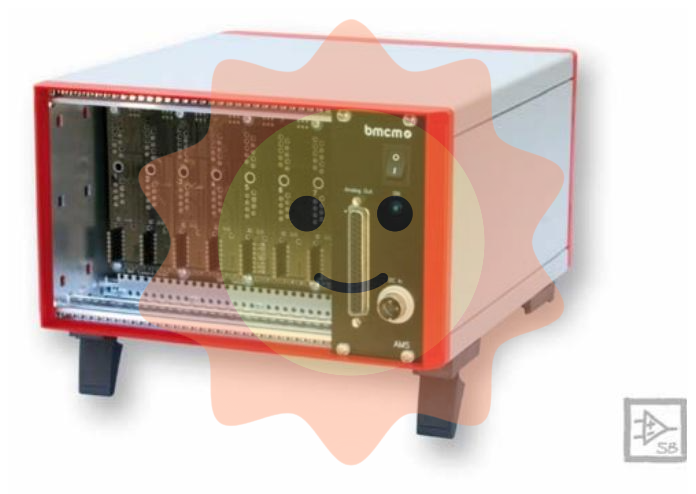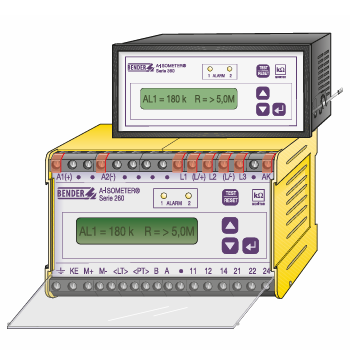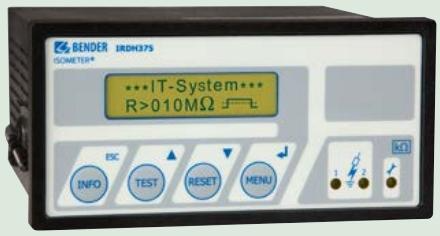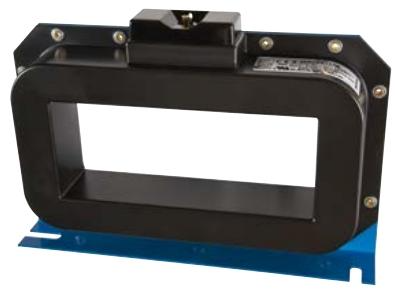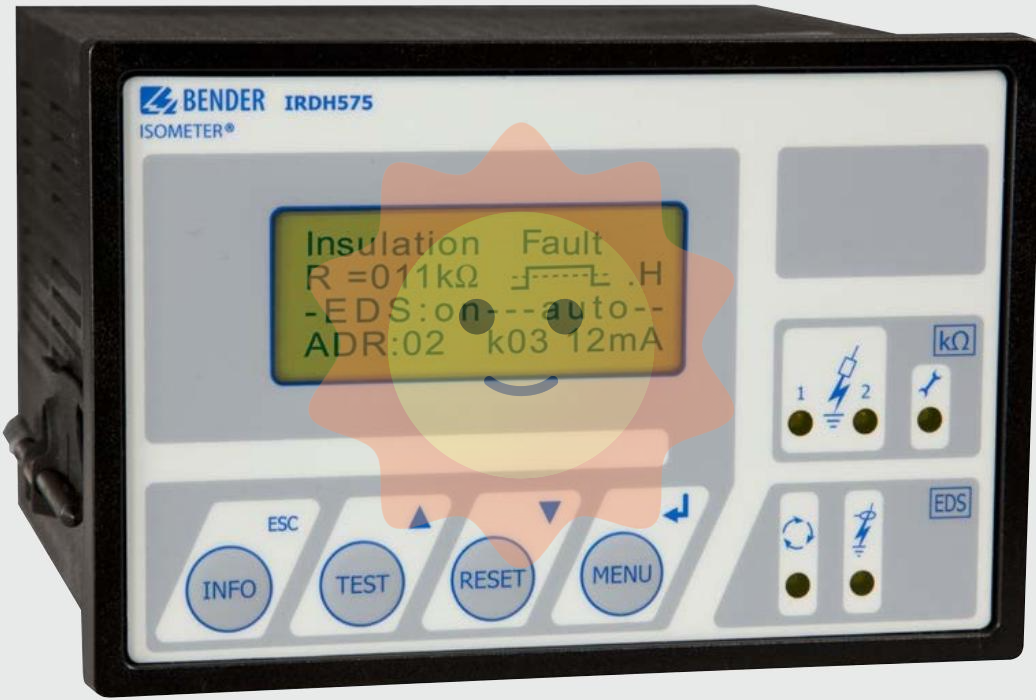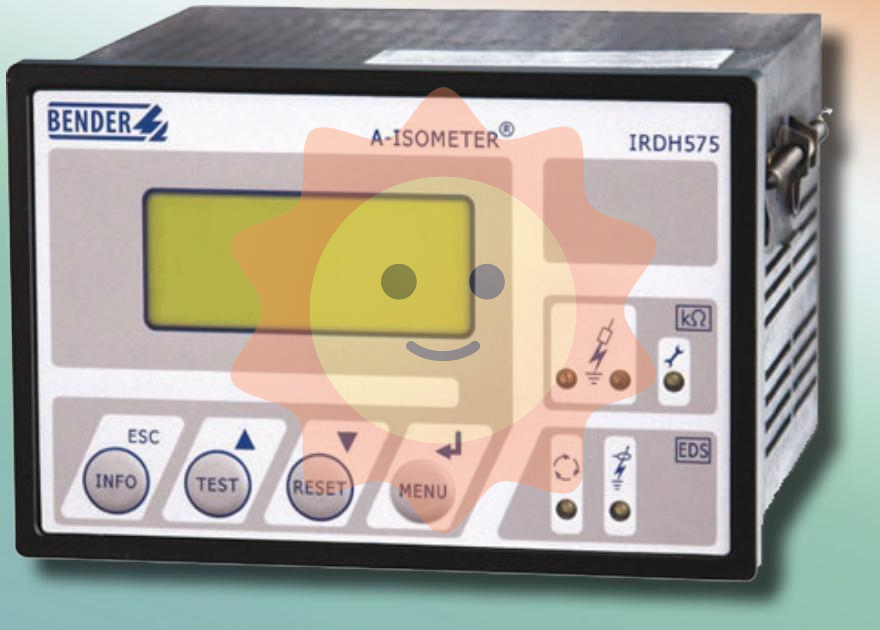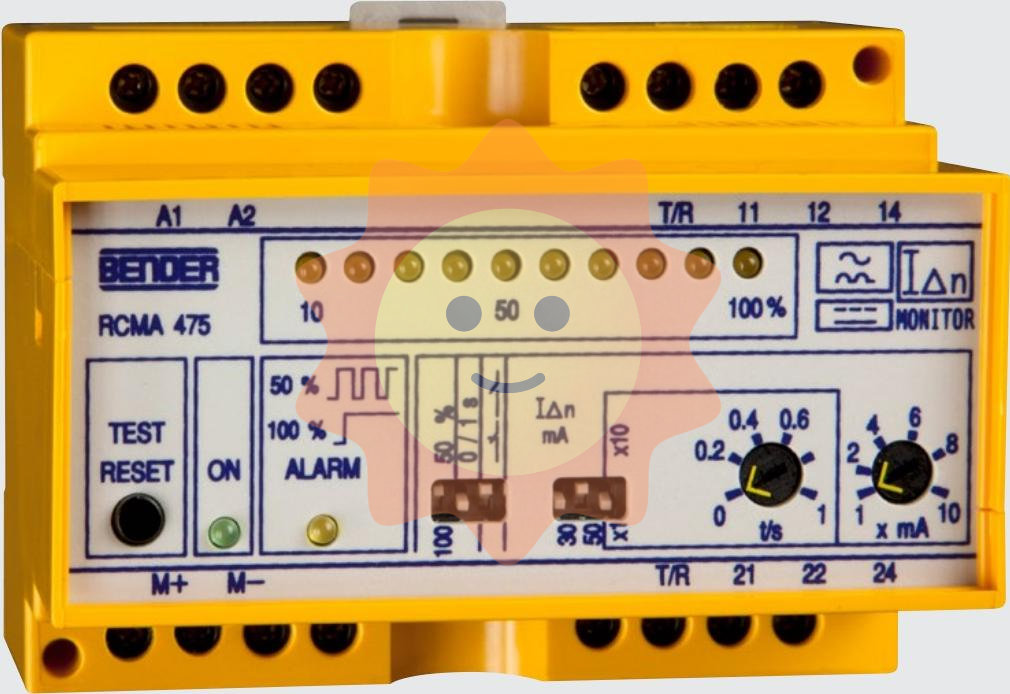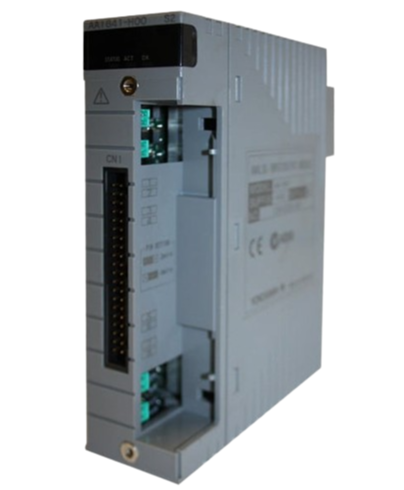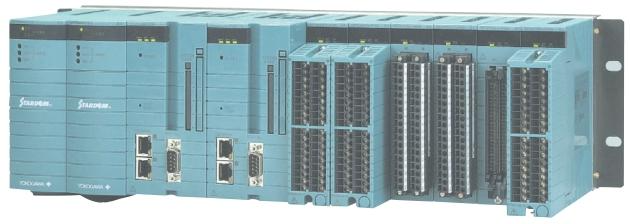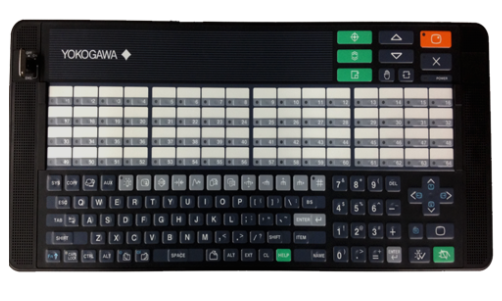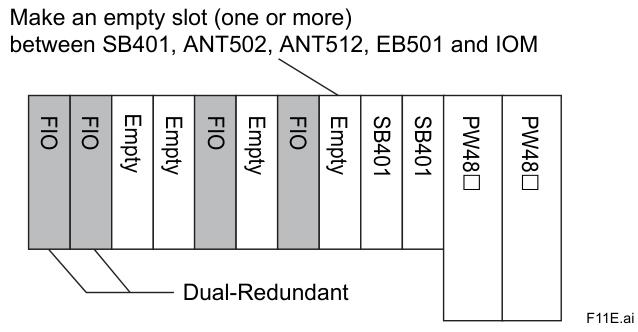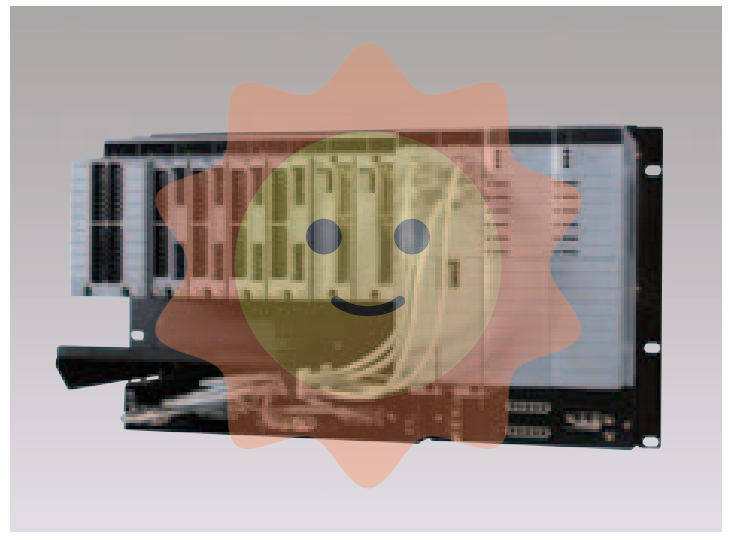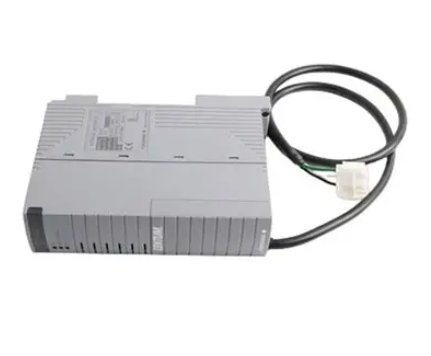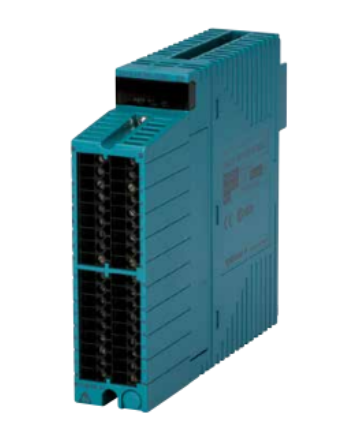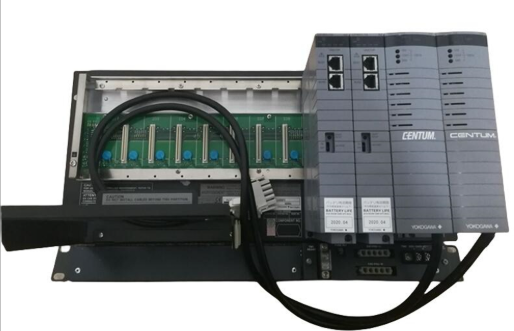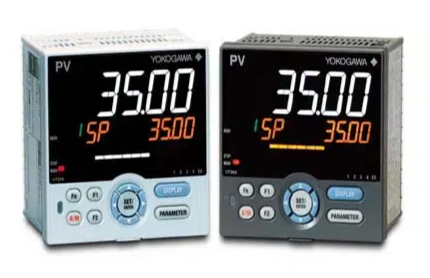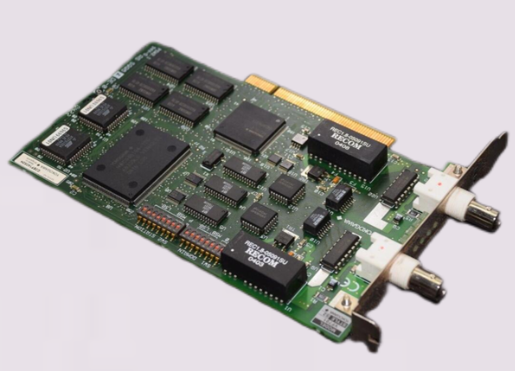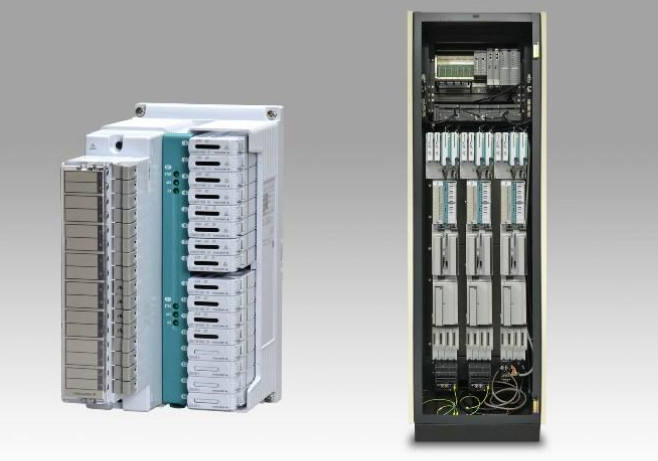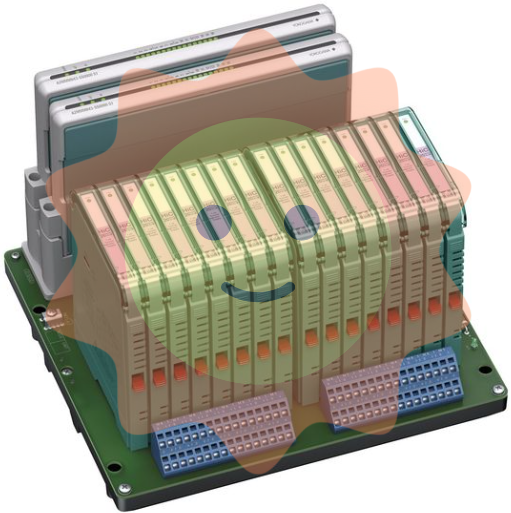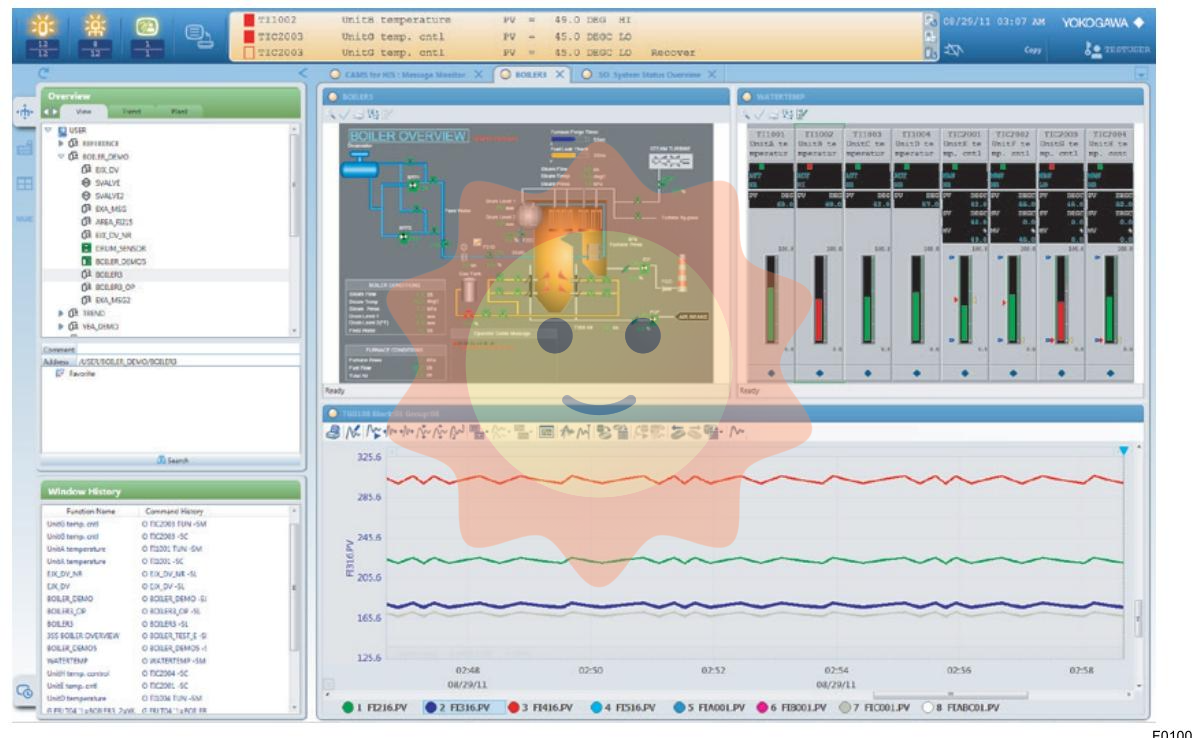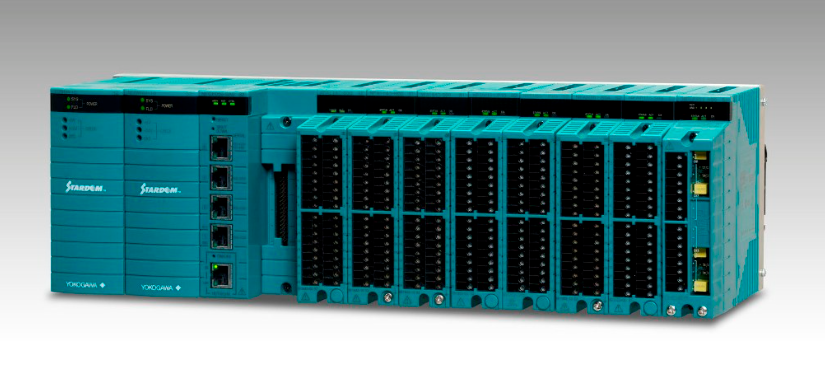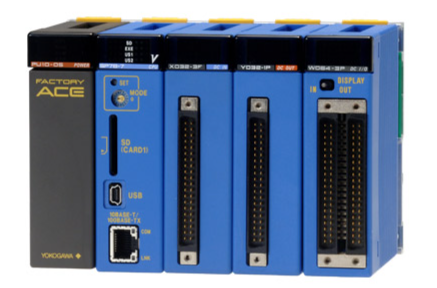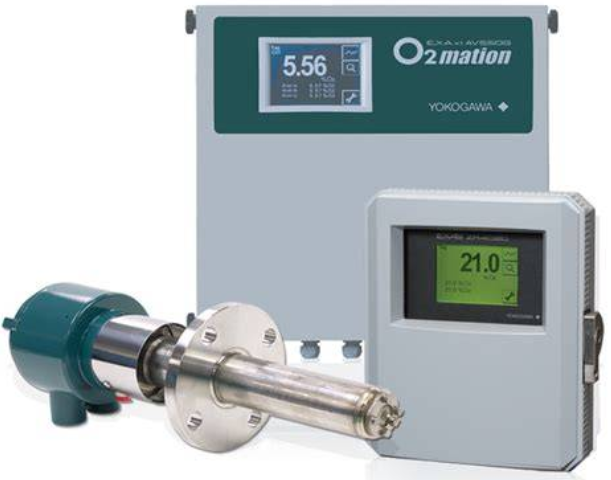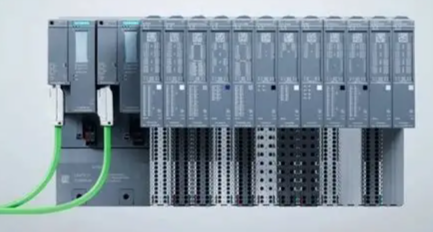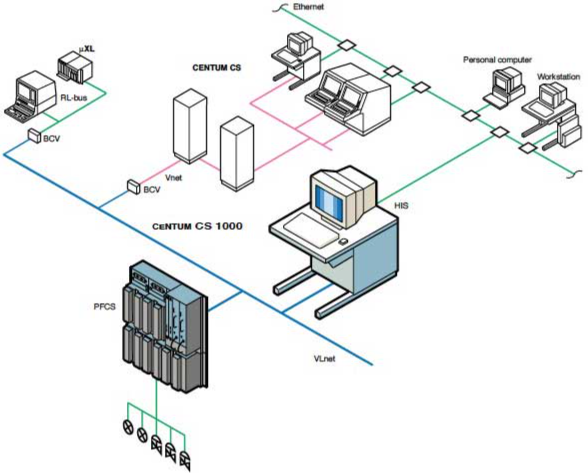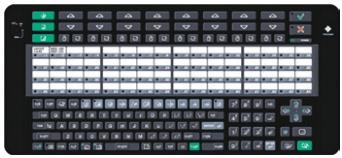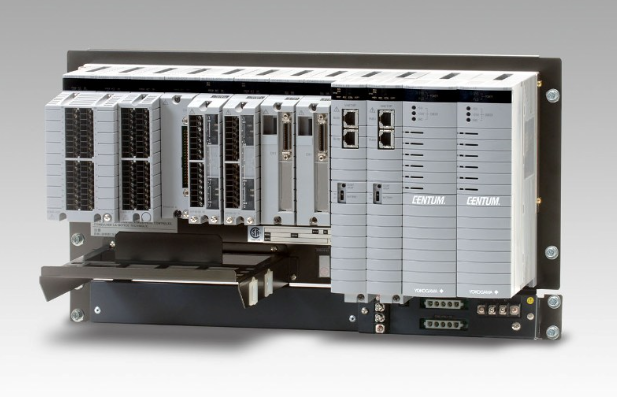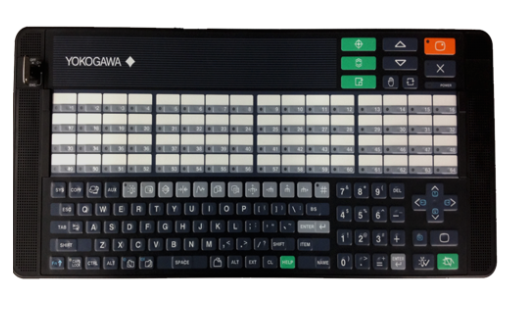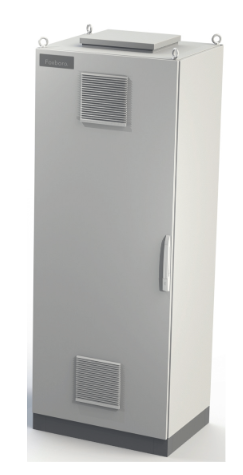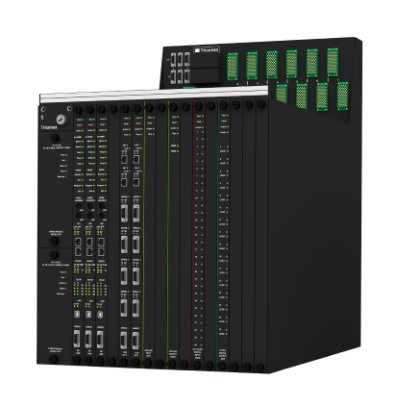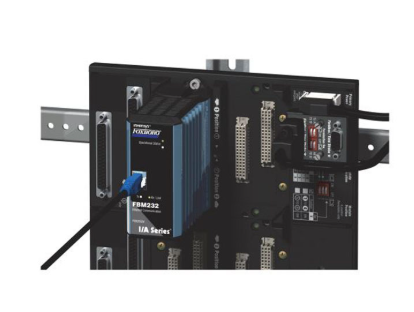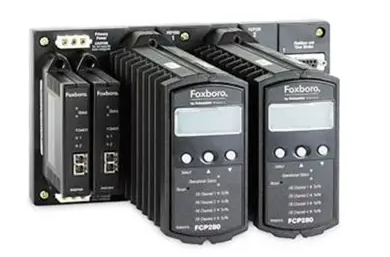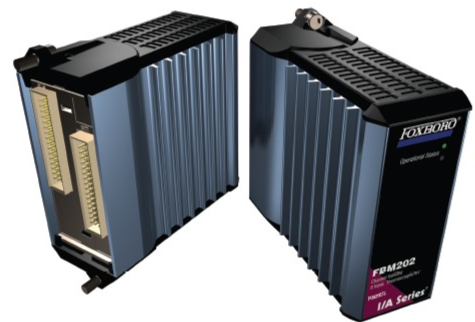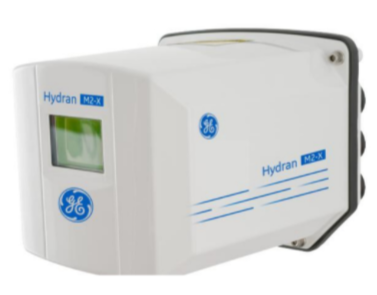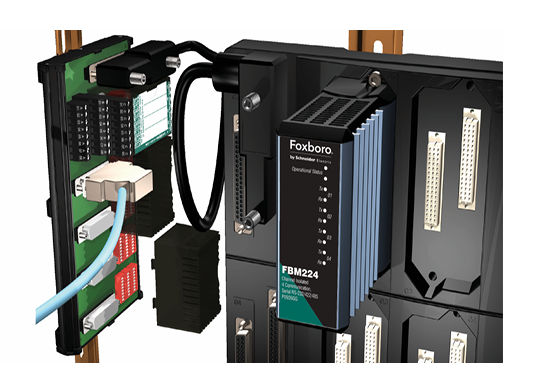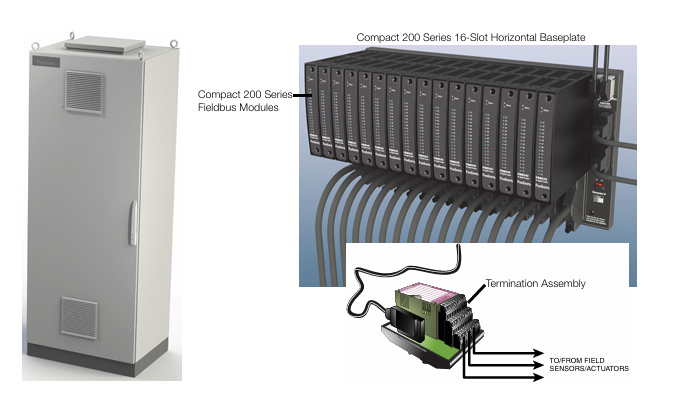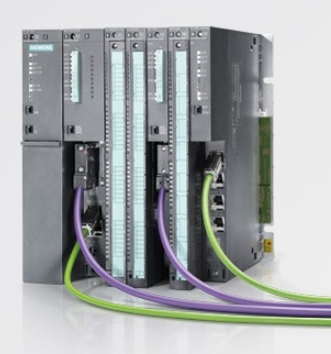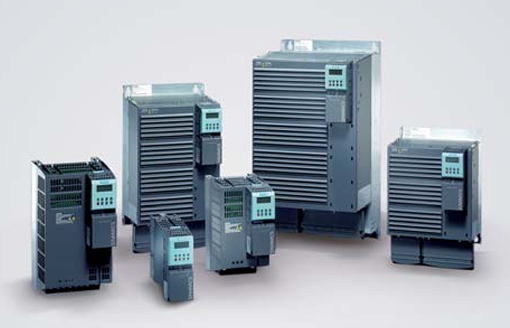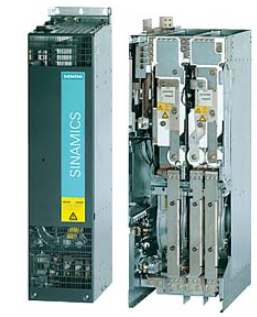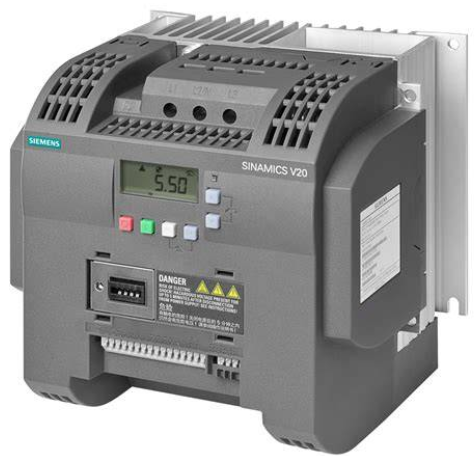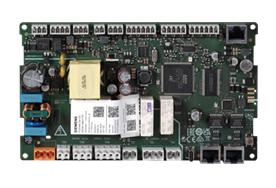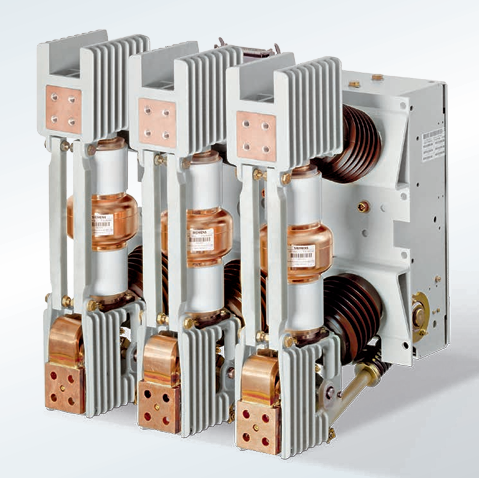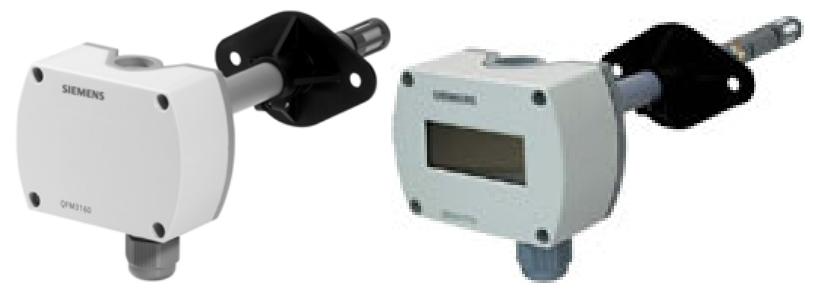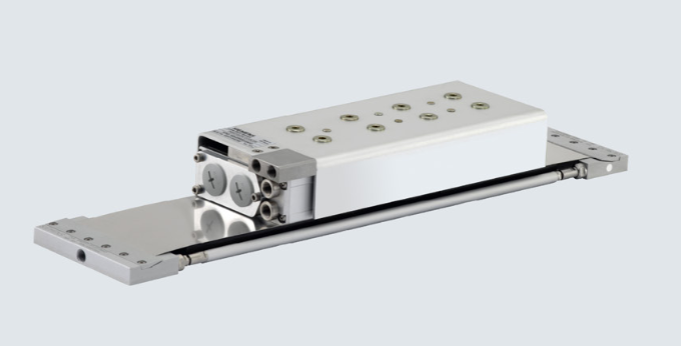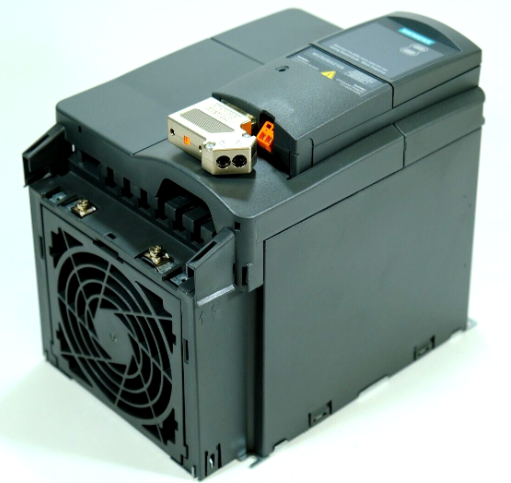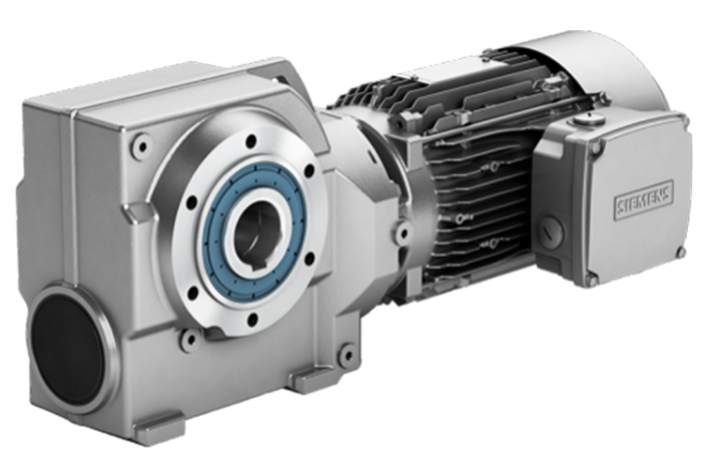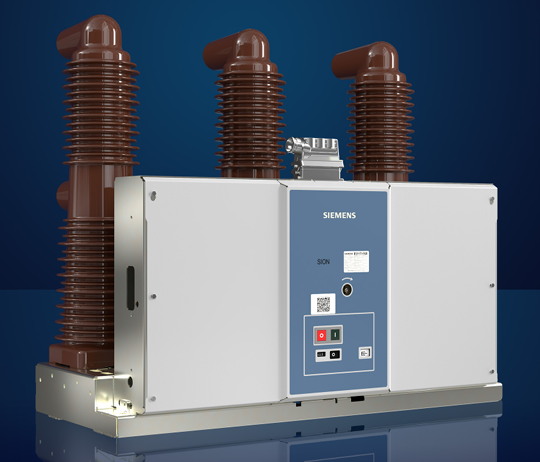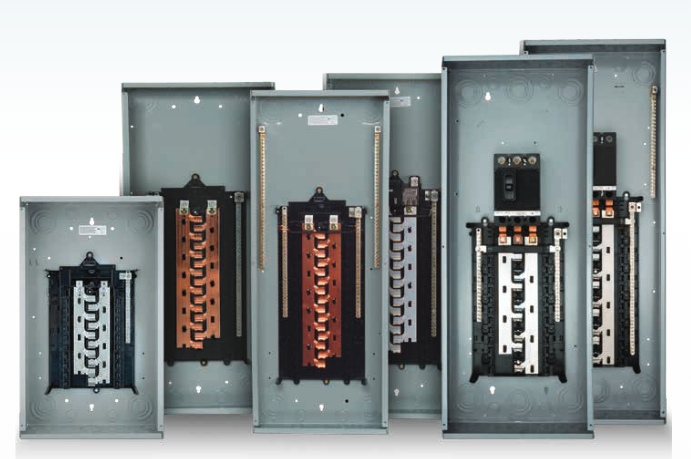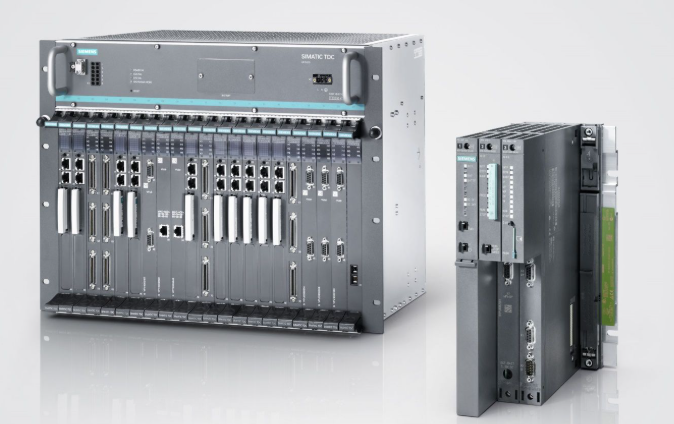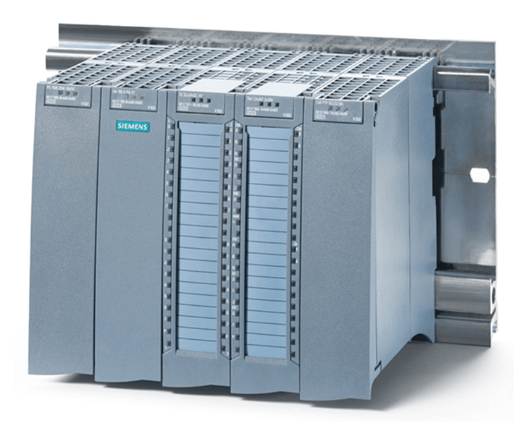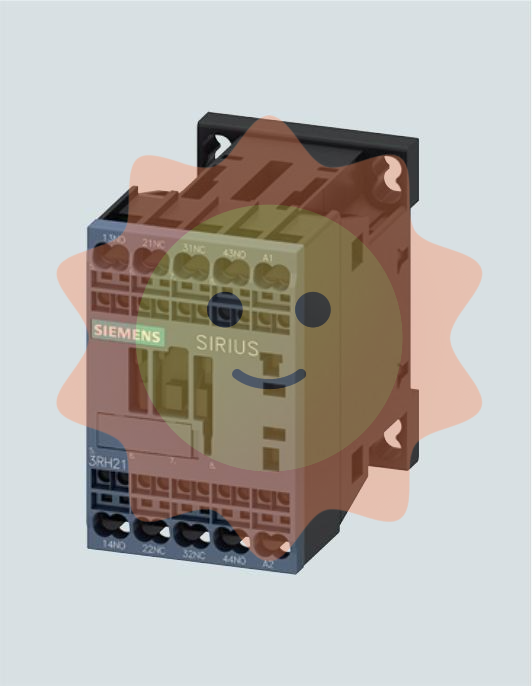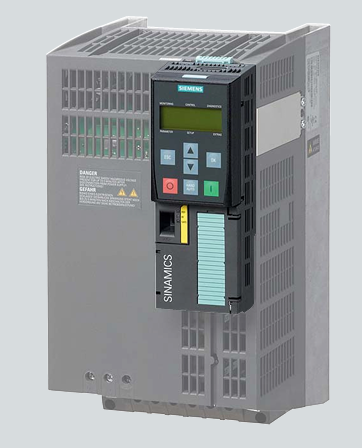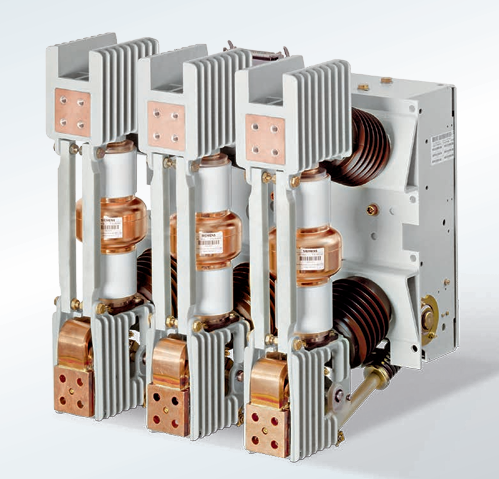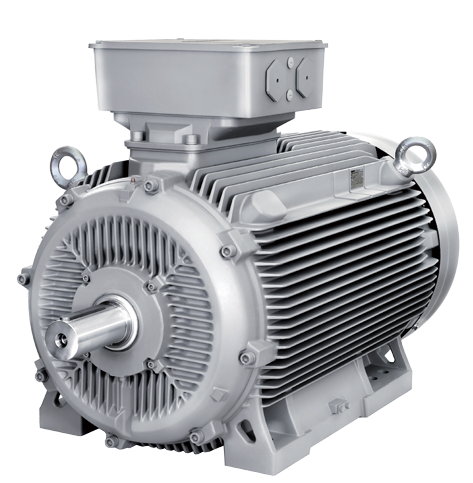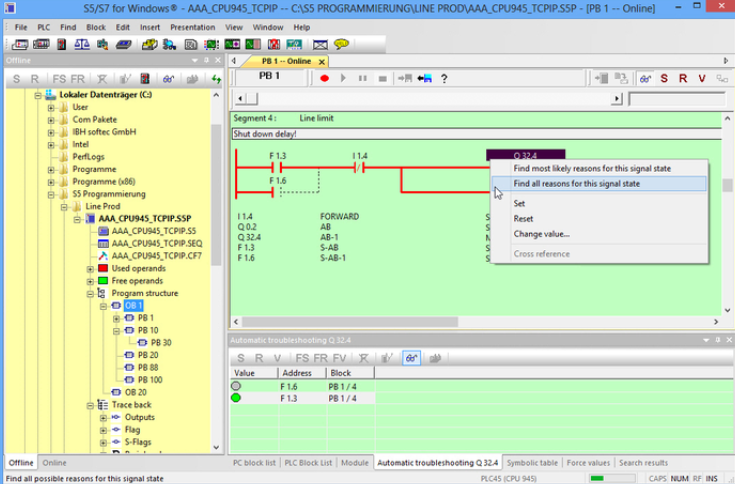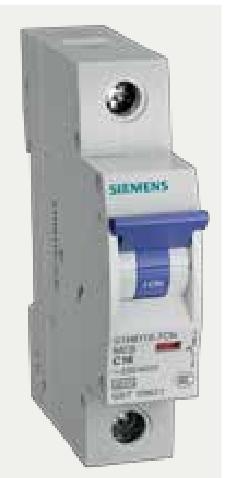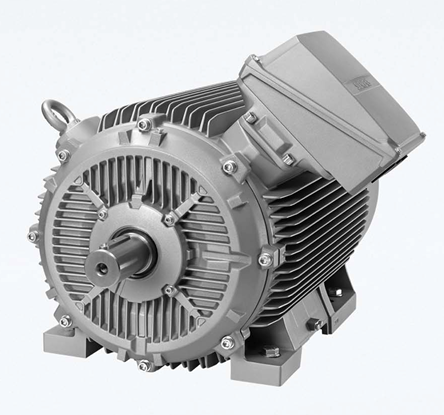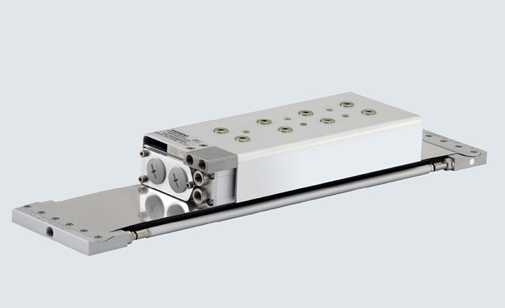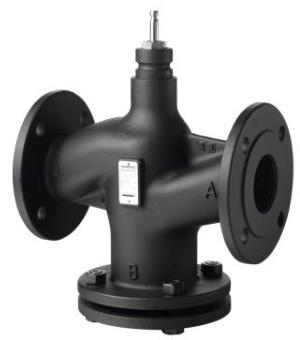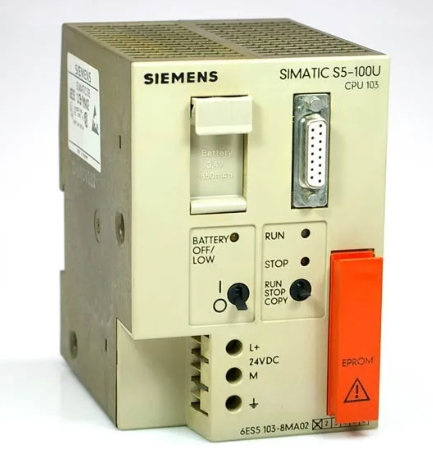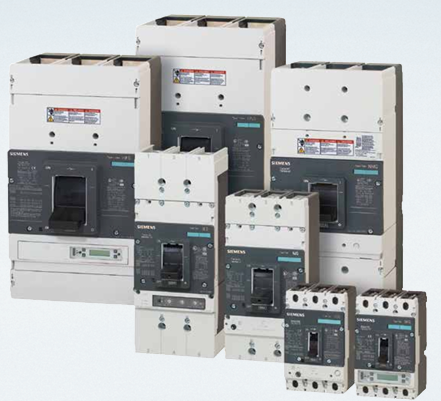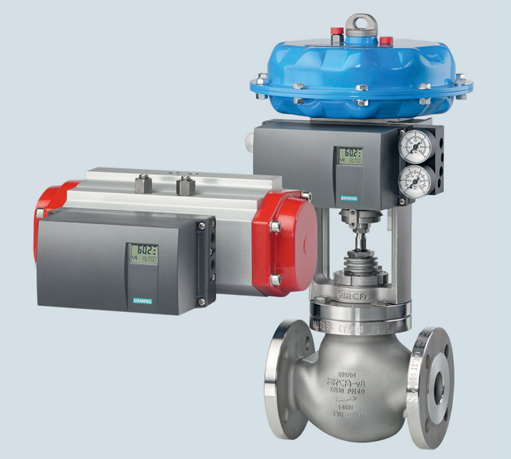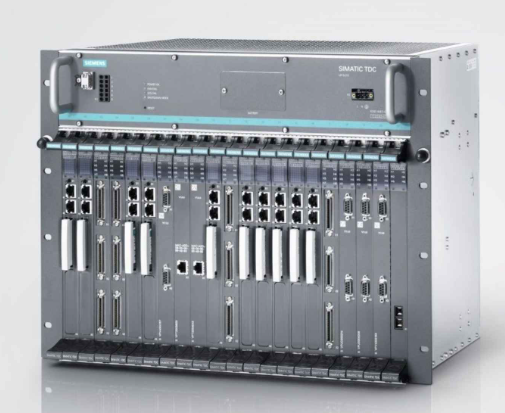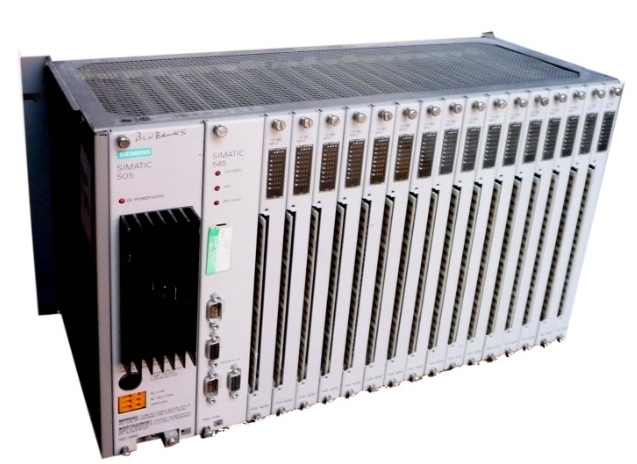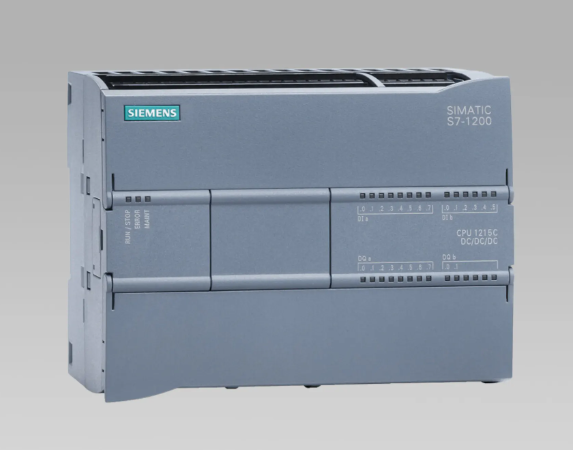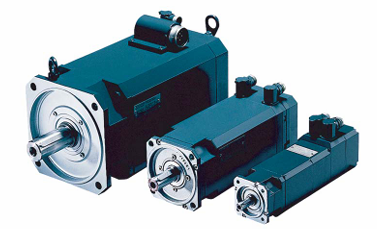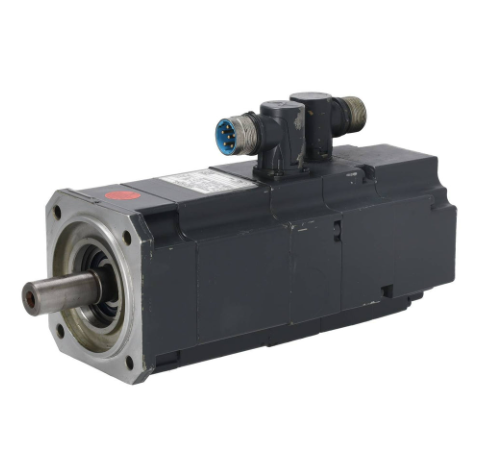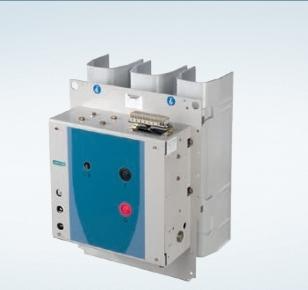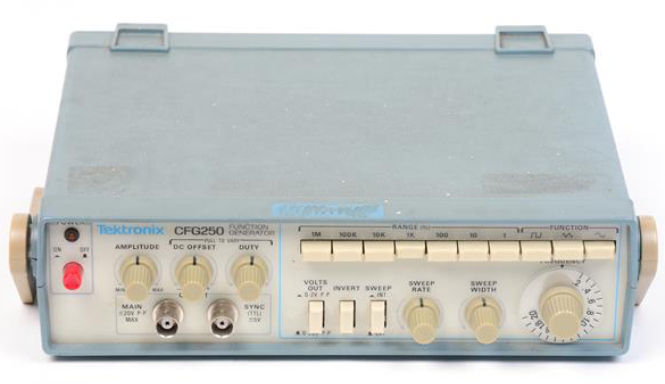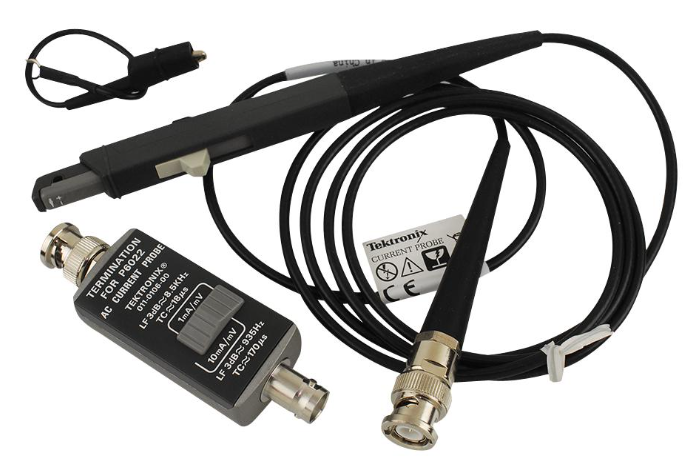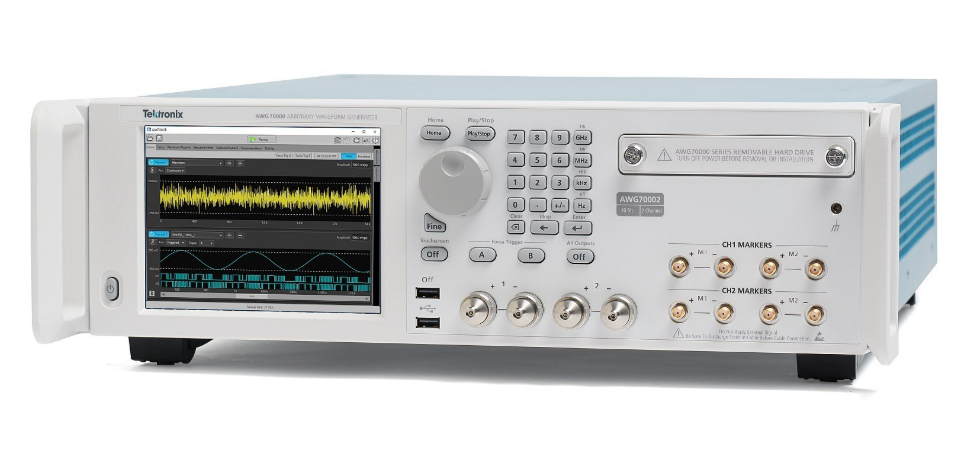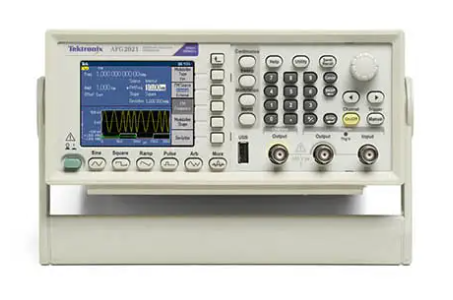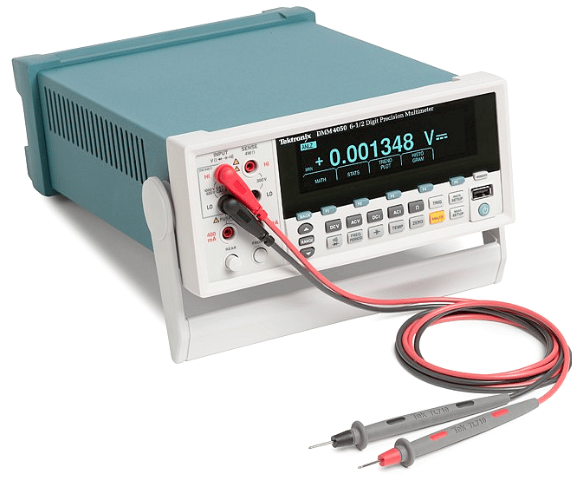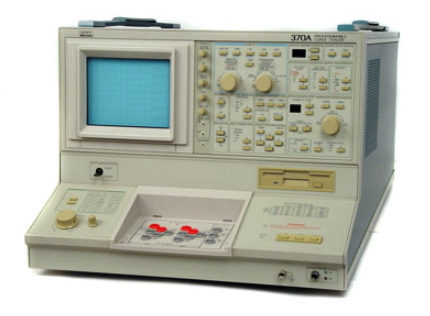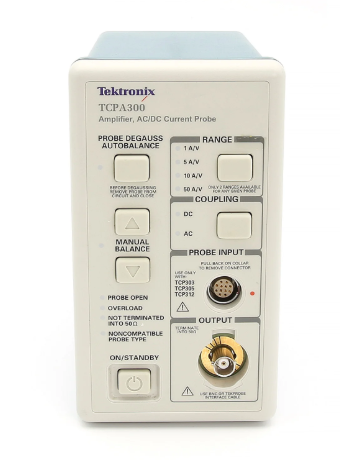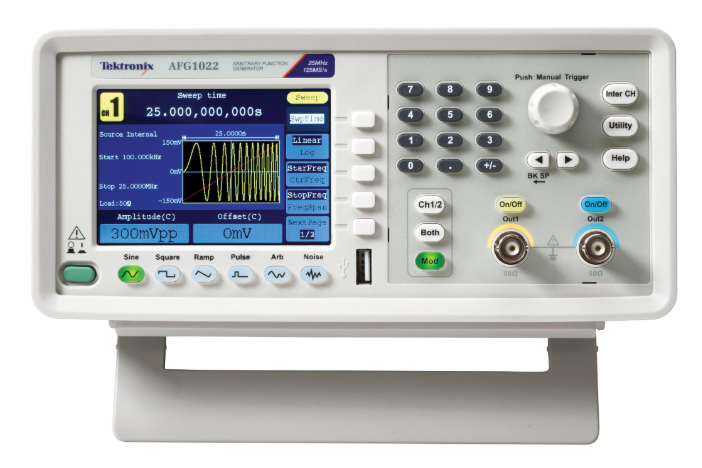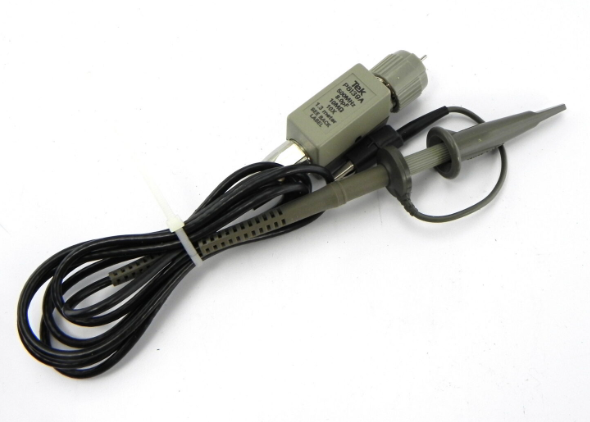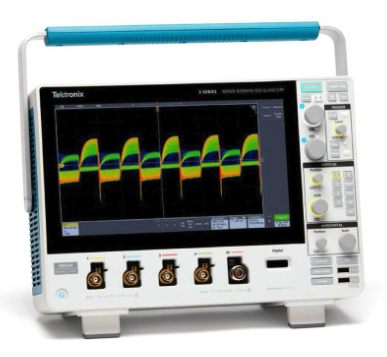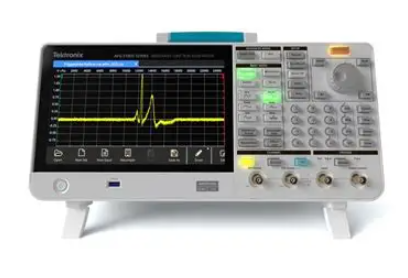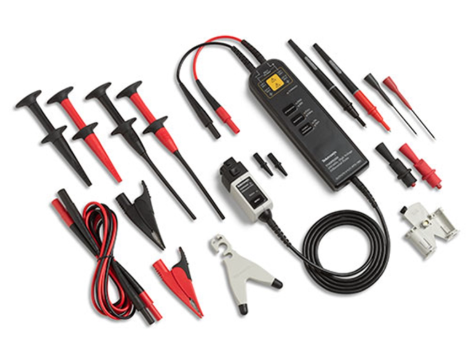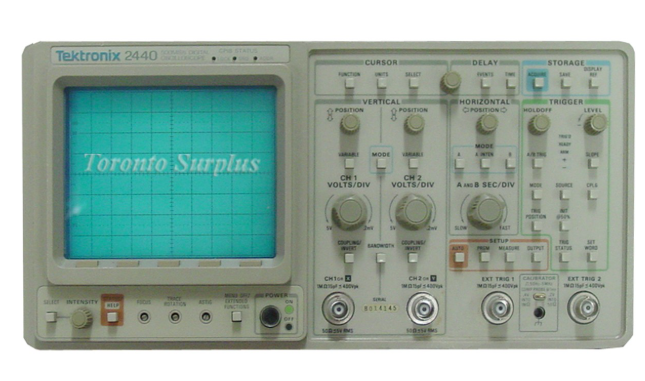GE DS200PTBAG1A Protective Core Terminal Board
GE DS200PTBAG1A Protective Core Terminal Board
Part Number DS200PTBAG1A Manufacturer General Electric Country of Manufacture As Per GE Manufacturing Policy Series Mark V Function Module Availability In StockDS200PTBAG1A is a Protective Core Terminal Board manufactured by General Electric as part of the Mark V Series used in gas turbine control systems. The signals for the core are terminated by the Protection Termination Module (PTBA), which is located in the core. On the PTBA terminal board, which is connected to the TCEB board, are input signals for the high and low-pressure shaft speeds, flame detection, generator and bus voltages, and generator currents.
The core is additionally connected to the speed signals. The Turbine Trip (TCTG) board in the core is written directly after the PTBA terminal board reads the external trip input signals, generator and bus signals, and generator breaker closing signals. Through the PTBA terminal board, the TCTG board writes trip output signals and generator breaker closure signals to the device. Using a hardware jumper on the PTBA board, the TCEB board's audio alarm (horn) is powered.
PTBA CONNECTORS: JJR - Writes the high and low-pressure shaft speed signals to the TCQE board in the core. JM - Reads and writes the emergency trip outputs to/from the TCTG board in the core, as well as the generator breaker signals (52GL). JN - Reads and writes the external trip signals to and from the TCTG board in the core, writes the enable signal to the horn, and reads and writes the generator breaker signals (G125P). JU - Writes the audible alarm (horn) enable, the flame detect, and the emergency Overspeed signals to the TCEB board in the core.
JV - Writes the PT and CT current signals as well as the generator and bus voltage signals to the TCEB board in the core. JVA - Distributes the 335 V dc from the TCEB board in the P1 core to the flame detecting devices. JJS/T - Not frequently used. PTBA HARDWARE CONFIGURATION: J1 enables the horn-based audible alarm. Silence yourself off. PRIMARY AND EMERGENCY OVERSPEED TRIP SETPOINTS: The Mark V LM control system offers primary and emergency electronic Overspeed prevention for up to two turbine shafts on two separate levels.
The Overspeed protection Big Block Language (BBL) blocks of the CSP in the R> control processor perform the primary Overspeed detection and trip initiation. These blocks make use of the turbine shaft speed sensors that are generally mounted on the P1 core's PTBA terminal board. The trip setpoints for the blocks are specified by the Control Constants. The I/O board's filter and scale (convert to the percent of rated shaft speed) the magnetic speed sensor pulses.
The CSP Overspeed block starts a turbine trip when the scaled turbine shaft speed signal goes over a Control Constant setpoint. The protective processors X, Y, and Z in the protective core P1 are responsible for emergency Overspeed protection. Primary Overspeed protection has no bearing on emergency Overspeed protection. The PTBA terminal board is equipped with turbine shaft speed sensors.
The IO module has the following main functions
Input Function
The IO module can receive input signals sent by external devices and convert them into digital or analogue signals for use by the computer system or control system. These input signals can come from a variety of sensors, such as temperature sensors, pressure sensors, photosensitive sensors and so on. By receiving and parsing these input signals, the system can monitor and control the external environment in real time.
Output Functions
The IO module is capable of converting the output signals generated by a computer system or control system into the form required by an external device. These output signals are typically used to control actuators such as motors, valves, lights, etc. By sending appropriate output signals to external devices, the system enables control and operation of the external environment.
Data Acquisition and Processing
The IO module is capable of acquiring data from external devices and transferring it to a computer system or control system for further processing. This enables the system to acquire environmental data, status information and user inputs in real time and make appropriate decisions or perform specific tasks based on these data.
Communication Interfaces
IO modules are usually equipped with different types of communication interfaces, such as serial interfaces (RS232, RS485), Ethernet interfaces, CAN bus interfaces, and so on. These interfaces enable IO modules to exchange data and communicate efficiently with computer systems or other external devices.

- User name Member Level Quantity Specification Purchase Date
- Satisfaction :
-









Email:wang@kongjiangauto.com

